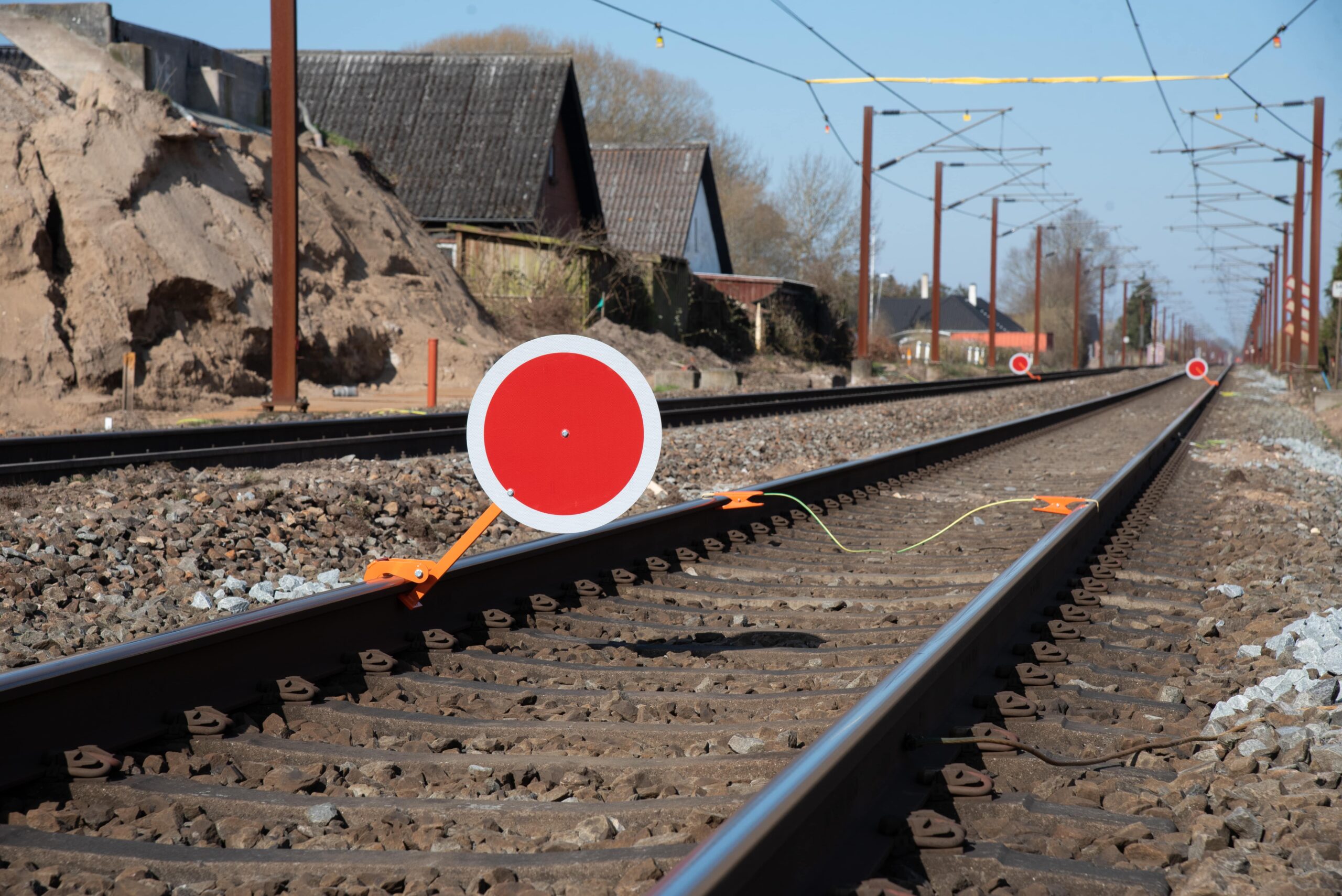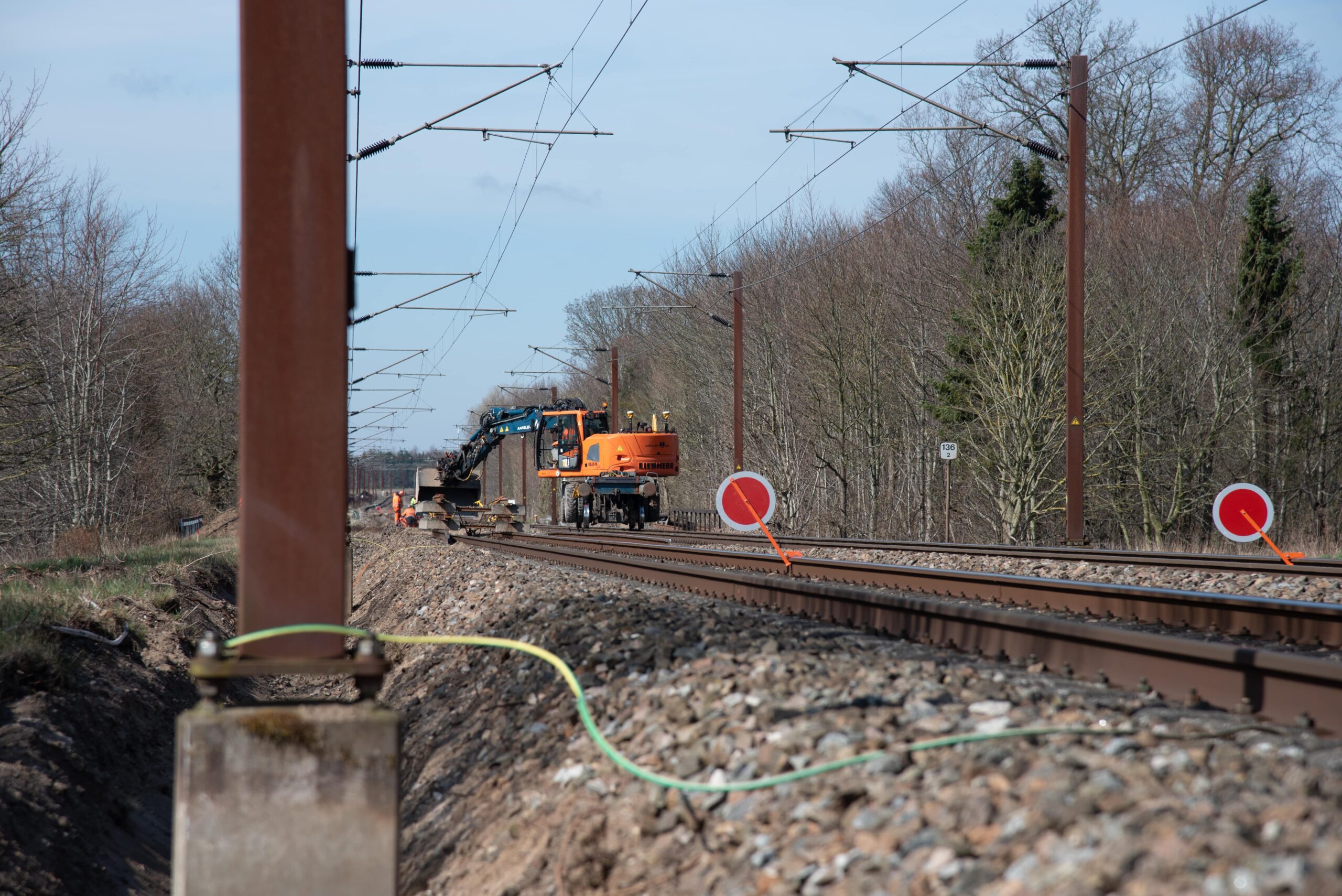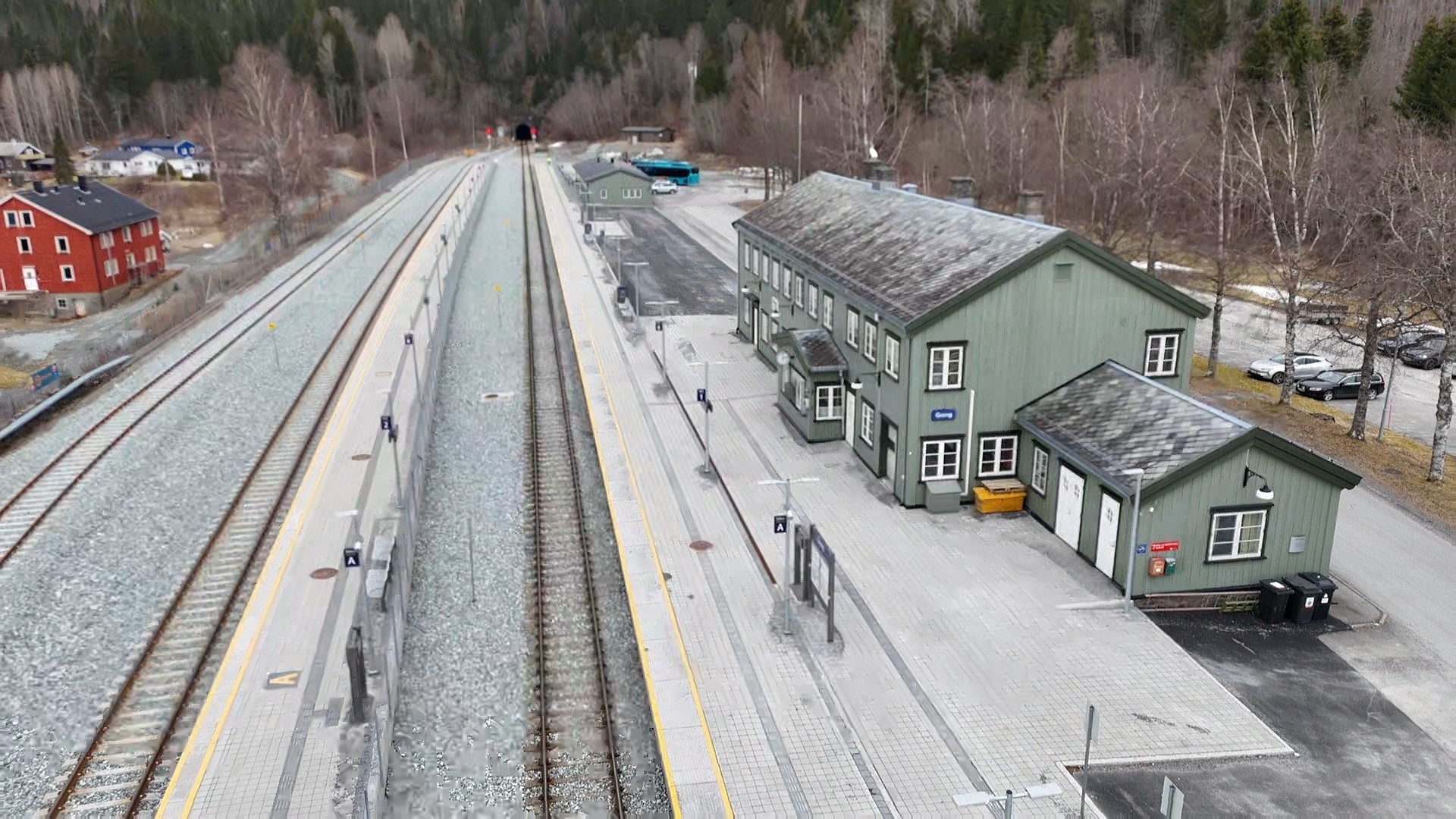Railway Safety
Railway safety is a critical component of all railway infrastructure work across Scandinavia. Strict adherence to national railway safety regulations is essential to protect passengers, staff, and the integrity of the railway network. At Aarsleff Rail, our operations in Denmark, Sweden, and Norway are built on certified, in-house railway safety competencies—forming the foundation of everything we do.
Ensuring Railway Safety
In Denmark Aarsleff Rail holds the EU Safety certificate and the DS21001 certificate giving us the framework for bringing our full range of competencies to bear on the Danish railway network.
The EU Safety Certificate allows us to operate our own traction units outside of track possessions during infrastructure works. This certification applies to railway lines equipped with both traditional analog and modern ETCS signaling systems.
The DS21001 certificate (Management System Standard for Railway Safety – Infrastructure Works) enables us to deliver railway safety services that meet the highest standards. It ensures we can meet customer requirements for safe and competent railway safety management.
As part of our in-house capabilities, we independently prepare railway safety plans and instructions, book track possessions and power outages, and manage applications for exceptions, such as excavation near catenary masts. Our certified safety staff includes:
- SR-supervisors (SR1 and SR2)
- Possession managers for sections with ETCS-signalling (ORS and ORF)
- OR-possession managers for light rail lines
- Catenary technicians
- Signalling technicians
- Drivers for road/rail excavators
- Locomotive drivers for rail vehicles

In Norway, Aarsleff Rail holds all necessary railway safety competencies required to work on the national rail network. Our staff are certified to manage safety procedures during work on or near railway infrastructure, including:
Hovedsikkerhetsvakt (HSV) og lokal sikkerhetsvakt (LSV)
A Head Safety Guard (HSV) is required by BaneNOR for any work in or near railway tracks due to the high risks associated with active rail traffic. The HSV serves as the critical link between the Train Dispatcher, who controls rail traffic, and the workers on-site.
For larger work areas, Local Safety Guards (LSV) support the HSV by ensuring site-specific safety, reporting directly to the HSV, who then coordinates with the Train Dispatcher. The HSV is responsible for enforcing Railway Traffic Regulations, maintaining safe work conditions, and ensuring uninterrupted rail operations.
HSVs are authorized to block tracks and stations, establish safe work zones for maintenance trains and machinery, and oversee on-site execution. With proper training and instruction, HSVs carry out their duties with a high degree of safety and efficiency.

Railway safety is vital to protecting workers and the public in all rail-related projects. Aarsleff Rail strictly follows national safety regulations and takes every precaution to reduce risks in railway environment
Before any work begins, a detailed safety plan is created—identifying potential hazards and outlining the necessary safety measures. All railway work is carefully coordinated with traffic management to maintain a safe and efficient workflow.
All personnel are equipped with approved protective gear, including high-visibility clothing, helmets, safety shoes, and hearing protection, to minimize the risk of injury. In addition, employees undergo mandatory safety training, including safety certification and track authorization, to ensure they are fully prepared to work in and around railway infrastructure.
Effective communication and coordination are key to maintaining a safe work environment. Continuous dialogue with traffic management and other contractors ensures work is carried out safely and according to plan. All team members are trained in emergency procedures and know how to exit railway areas quickly if needed.
As part of our safety efforts, employees at Aarsleff Rail Sweden receive CPR training. We also have personnel with specialized qualifications for various safety roles, including:
- Protection and Safety Leader
- Protection and Safety Planner
- Supervisor (Tillsyningsman)
- Incident Manager
- Electrical Safety Leader


